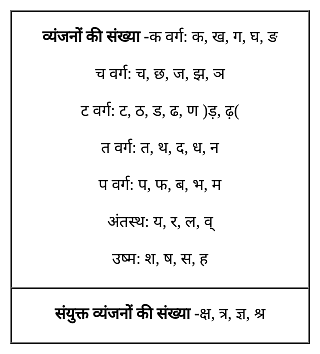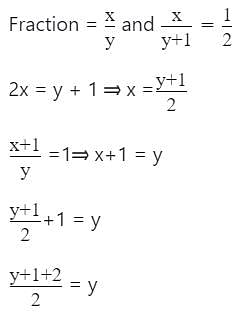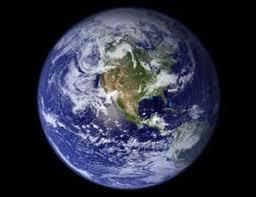BPSC TGT SST (History & Geography) Mock Test - 2 - Bihar PGT/TGT/PRT MCQ
30 Questions MCQ Test - BPSC TGT SST (History & Geography) Mock Test - 2
Identify the adverb that refers to looks.
Read the following sentence and choose the correct options below.
Choose the conjunction from the options given below.
| 1 Crore+ students have signed up on EduRev. Have you? Download the App |
Fill in the blanks with the proper past participle form of the following verbs.
Write
Write
मुसीबत आ जाए तो भागना उचित नहीं |
Which type of vegetation is associated with the monsoon region of Asia?
The average weight of A, B and C is 72 kg. When D joins them, the new average becomes 68 kg. When E joins, A, B, C and D, the average of all five becomes 70 kg. What is the weight of E?
There are 17 persons in a group. The average age of 16 persons among them is 60.50 years and the age of 17th person is 8 years more than the average age of all the 17 persons. What is the age of the 17th person?
If 1 is added to the denominator of a fraction it becomes 1/2. If 1 is added to the numerator it becomes 1. The product of numerator and denominator of the fraction is
If the ratio of the width to the length of a rectangle is 2 : 3 and the area of the rectangle is 54 cm2, what is the difference between its width and length?
Consider the following statements about Navayana Buddhism:
- Navayana Buddhism was propounded by Dr. B.R. Ambedkar as a means to address social inequalities and castism in Hindu society.
- Navayana rejects traditional Buddhist practices such as meditation and enlightenment.
- Navayana Buddhism incorporates the worship of Hindu gods and goddesses.
Which of the statements given above is/are correct?
Consider the following pairs:

How many of the above pairs are correctly matched?
The Jain philosophy holds that the world is created and maintained by
According to Jain doctrine, the universe and its constituents, soul, matter, space, time, and principles of motion, have always existed. Universal natural laws govern all constituents and actions.
The external trade of the Sangam people was carried on mainly with the
Consider the following statements about certain beliefs of sects of Jainism.
1. According to Digambaras, women cannot achieve liberation without first being reborn as a man.
2. Digambara monks are not allowed any possessions, not even personal begging bowls.
Which of the above is/are correct?
Aurangzeb discontinued the practice of inscribing Kalima on the coin because
Which Veda mentions the following terms garments (dursa), coverlets (pavasta), barter (prapana), sale (vikraya), exchange of merchandise (pratipana)?
Consider the following statements.
1. The British government appointed the boundary Commission under the chairmanship of Sir Radcliff
2. The boundary commission consisted of two Muslims and two non-Muslim judges in each case
Which of these statements are not correct?
Ahmad Shah Abdali greatly weakened the Mughal Empire by invading India repeatedly. His first invasion was during the reign of
Identify the red line in the picture. Options are as follows
____ forests can survive in saline water
Which of the following is not the limitation of the globe
How many Solstices are there in every year
The greatest Himalayas are also known as
Average height is 6000 metres which contains some of the world?s highest peaks are
The blue colour is used for showing
Why is the earth called as Blue Planet?




















